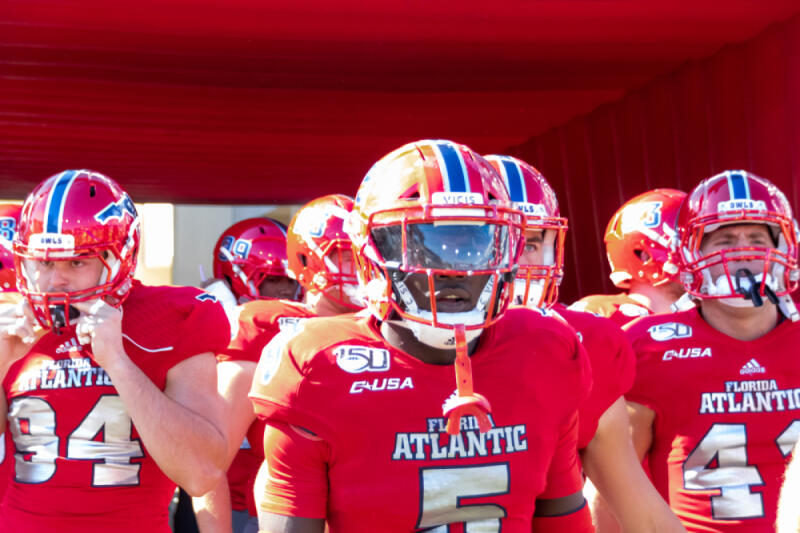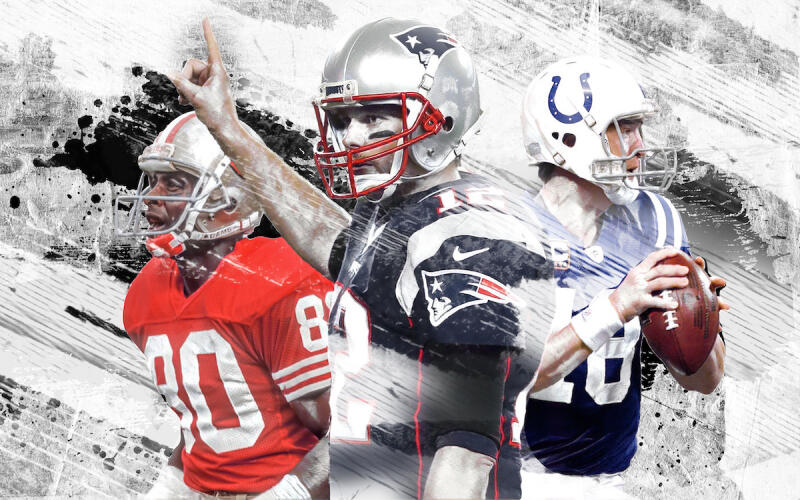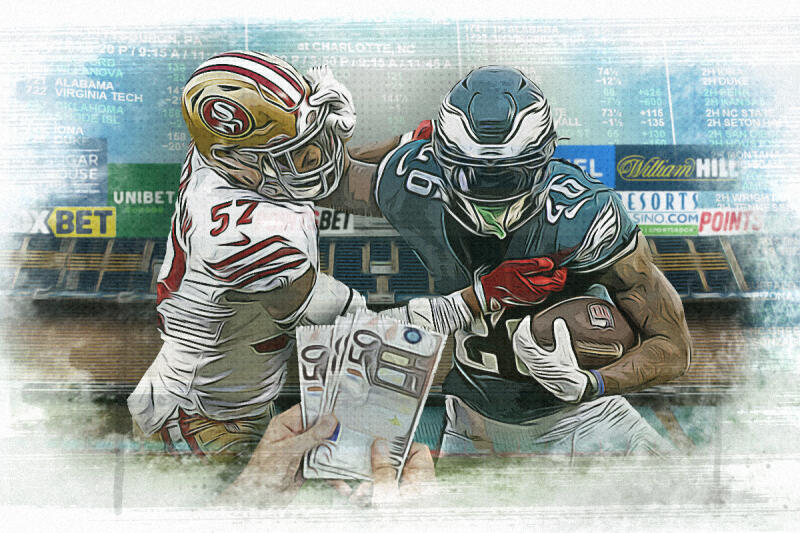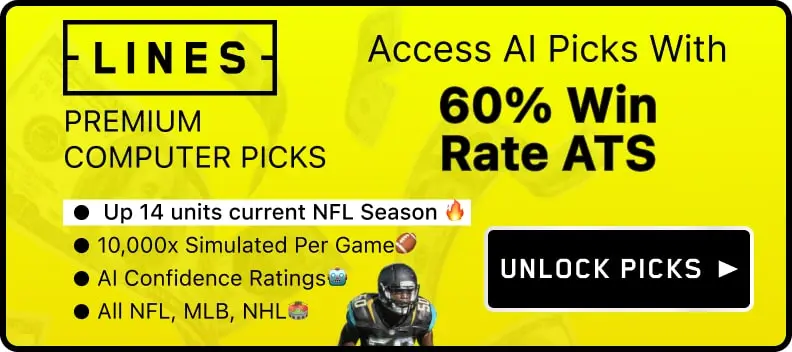In early February of every year, the NBA trade deadline comes around during the NBA schedule. This year’s NBA’s trade deadline was on February 8, 2024. This is also when the NBA buyout market gets going, and some players and their teams mutually agree to part ways.
Generally, players that enter into the buyout market are veterans. Teams that are vying for playoff contention will make last-minute efforts to bolster their rosters with role players, while rebuilding clubs will opt to unload players who don’t fit into their short or long-term gameplans.
Here we will go into detail about the NBA buyout market, explaining how buyouts work and more. Let's start by answering the most straightforward question below.
Key Takeaways
- NBA buyouts occur when teams and players mutually agree to part ways.
- Buyouts often occur due to players not fitting in a team’s future plans, or failed postseason attempts.
- After a buyout, players are waived and can become free agents.
- The NBA buyout market is most active after the February trade deadline.
- Buyout players often include veterans, high-maintenance players and those underperforming.
- Teams benefit from buyouts by saving money, fitting their game plans, and resolving player issues.
Related: Ready for some basketball insights? See our NBA Predictions.
What Is an NBA Buyout?
Simply put, an NBA buyout occurs when a player and a team would prefer to part ways. Both parties agree, and there will generally be an agreement for the player to receive a portion of what remains on his contract. This enables the team to make the move to accommodate the player while still benefiting its own interests
Upon terms being agreed upon, the player is put on waivers (more on that later), and assuming they clear the 48-hour waiver wire, they become free agents. You might wonder exactly why a buyout might occur in the NBA. Let's answer that question.
Related: Curious about the average height in the NBA? Read to find out more!
Top Picks For The Week
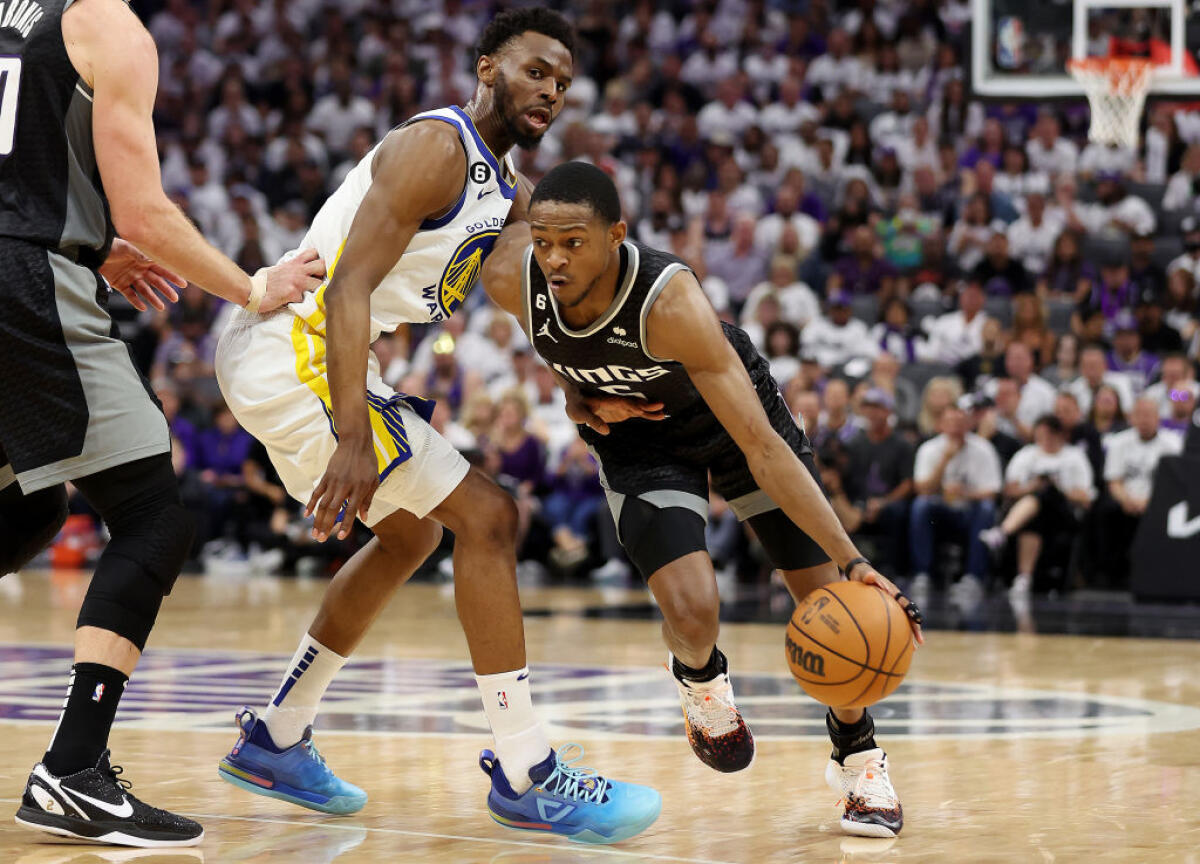








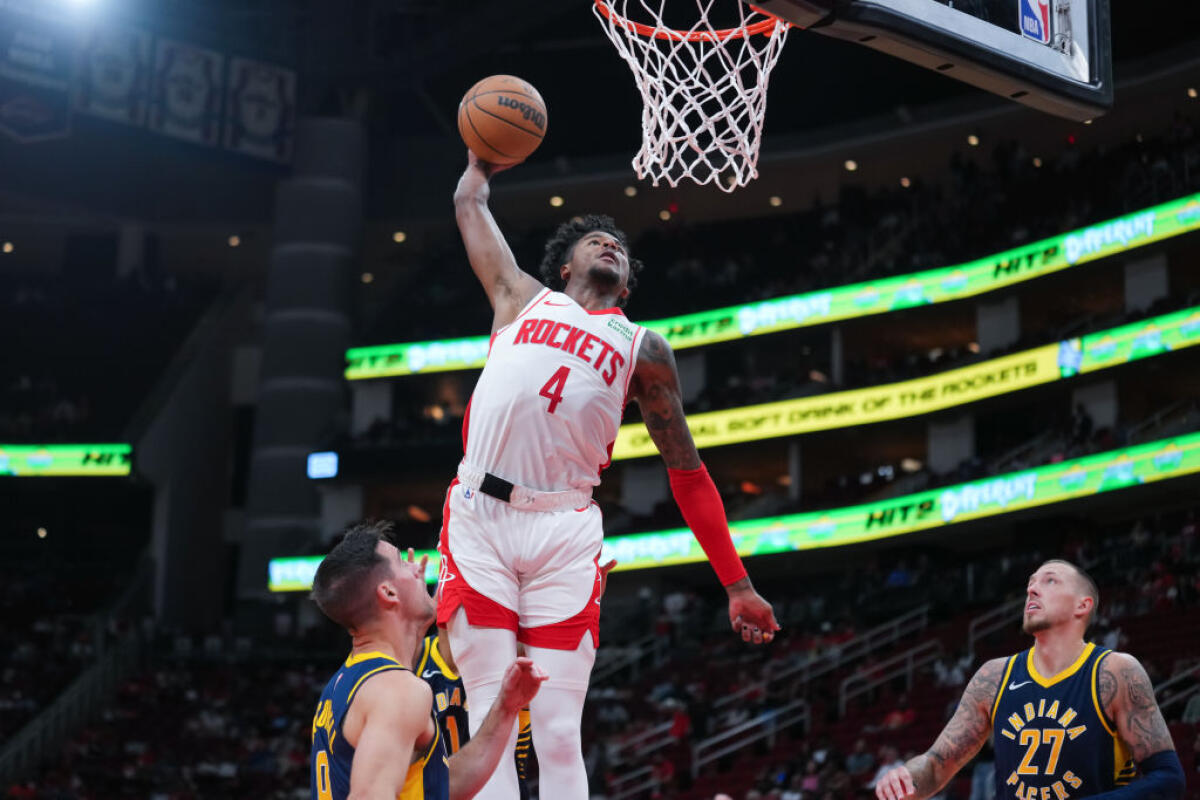

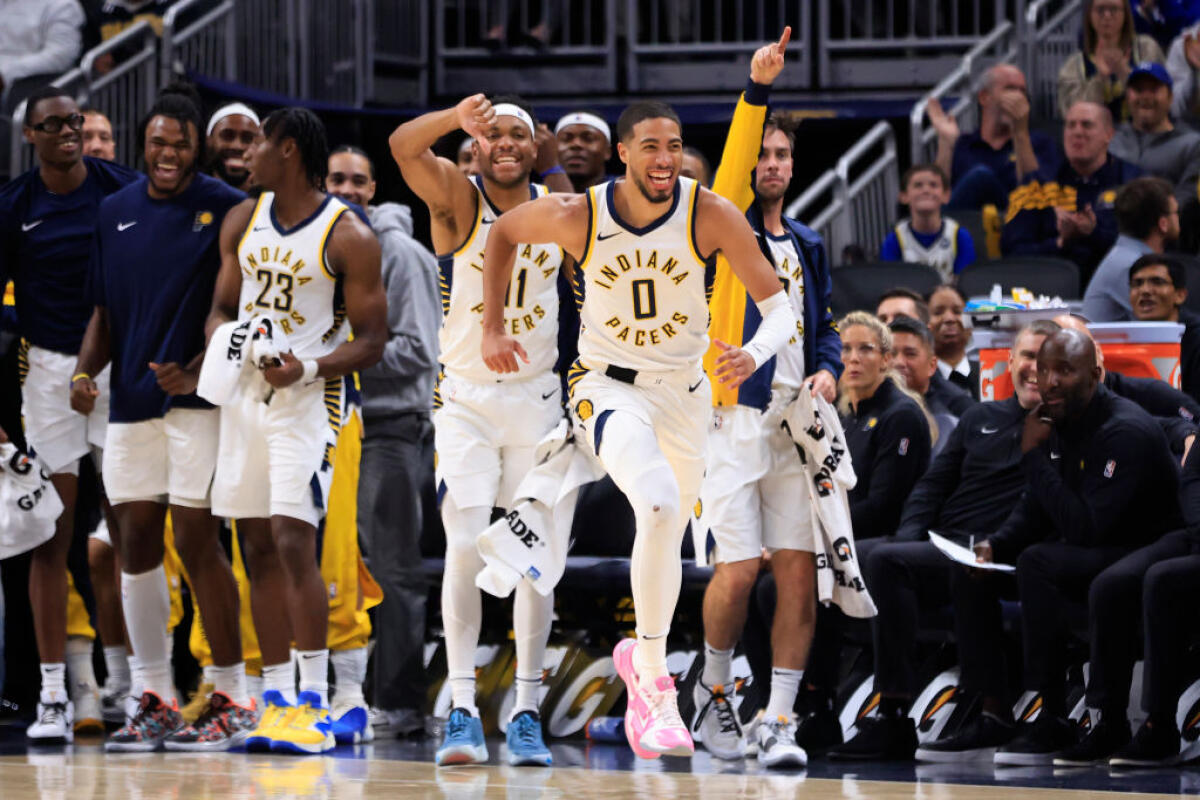





Reasons for an NBA Buyout
There are various reasons why an NBA team and a player may mutually decide to part ways, including:
- When teams acquire players that aren't a part of their immediate or long-term game plans as parts of trades. This situation will often occur when a veteran is obtained by a team that is out of playoff contention.
- Sometimes a team will acquire a veteran while vying for a postseason spot, only to fail to make the playoffs. In this case, the veteran becomes unnecessary for that team and may be bought out. In some cases, the veteran himself may also have played under expectations.
- A player may have requested a trade, and the team could not find a suitor by the trade deadline.
- The player may want to explore new opportunities, while the team could use salary relief from the reduced remaining contract.
A team may be in the hunt for an NBA division championship. They’re looking to bolster their roster for a playoff run.
The Next Step
Once the team and the player agree that a buyout is the best option, the first step is to waive him. Then, the team and the player must negotiate how much of the contract must still be paid to the player.
Sometimes, the team may not agree to pay out any of the player's remaining salary. In this case, he can leave but with no pay. In others, an agreement can be reached where a portion of the remaining salary will be paid. Each negotiation is different.
Once a player is waived, they are an unrestricted free agent. They can now sign with any interested party. Let's look at the process of waivers and what it means to be waived.
Related: Ready to play fantasy basketball? Learn how to set your lineup and win big!
What Is a Waiver?
Before a player can become a free agent in a buyout, they must be waived. Waivers are a 48-hour period during which NBA teams can bid for a player.
In a winning bid, the player will now play for that team instead of becoming a free agent. To claim the player, the team must fit his current salary into their payroll (or via an unused salary-cap exception). The new team will have now taken on the player's existing contract.
When teams place bids on waived players, you might wonder how it is decided which team is the winner. This is based on which team is lowest in the NBA standings. The reason for this is to help even the playing field and give struggling teams the chance to improve via the waiver wire.
However, usually lower-ranked teams do not take advantage of the waiver wire, nearly as much as teams in playoff contention might do.
Waiver claims of significant note are relatively rare in today's NBA. Any player that is being waived outright is likely not very valuable to their team and, therefore, any other team in most instances. Players on waivers before a buyout are pretty unlikely to be claimed at their full salary while on the waiver wire.
After clearing waivers, an NBA player that is part of a buyout is able to be obtained by a new team as a free agent. You might wonder about the next steps, so let's answer that question.
Related: When does the NBA season start?
What Happens in an NBA Buyout After Waivers?
Upon a player in a buyout clearing waivers, his old team will still owe a portion of his salary in some cases. In others, the remaining salary will have been entirely eliminated, and he will be owed nothing. In any event, the player is now a free agent and can join a new team based on a new contract agreement.
The team must be able to sign the free agent using its remaining salary cap space or any eligible exception. In the case of contending teams, payroll is generally close to the maximum.
For this reason, you will generally find that many buyout free agents are offered close to the minimum NBA salary for their experience level. This is often all that a team can afford while staying under payroll.
This minimum salary varies depending on the player’s tenure in the league. It will be in the range of $2.6M - $2.9M for true veterans in the NBA.
This year, under the NBA's new Collective Bargaining Agreement, teams that are above the "first tax apron" are not eligible to sign players whose previous salaries were above the Non-Taxpayer MLE ($12.41M). Those teams are the Celtics, Nuggets, Warriors, Clippers, Heat, Bucks and Suns.
The Categories of NBA Buyout Players
You will see a few familiar player types on the NBA buyout market. Let's take a look at them.
Veterans
You will often find players that are past their prime as part of buyouts. They may have some value to a contending team due to their experience. Still, they may not fit into the plans of younger, rebuilding squads.
Players Acquired in Trade Packages
Sometimes, a player will be obtained as part of a trade package where the receiving team has no place for him. This can often occur when a player is included as a means for the trading team to reduce salary.
High Maintenance Players
Sometimes, a player may be simply problematic for the team. This can be due to attitude issues, inability to get along with teammates and coaches, or other factors.
Low-Performing Players
Perhaps a player is not meeting expectations, making a buyout appealing to the team. In some of these instances, the player may agree that a change of scenery could do them well, making it a win-win for both parties.
Can Players Request a Buyout?
A player can request a buyout, yet, the team doesn't have to comply. A good example is Jahlil Okafor, who requested a buyout or trade from the Philadelphia 76ers in 2017. The team held out for a trade and eventually dealt him to the Brooklyn Nets.
Related: When is the NBA MVP announced?
The Fate of the Old Contract
A common question regarding buyouts is what exactly happens to the old contract. The 2018 Dwyane Wade buyout from the Chicago Bulls is a high-profile example to illustrate how an existing contract would be affected by a buyout.
Wade was owed $23.8M by the Bulls on his contract for that season. An agreement was reached for him to be paid $8M and waived. This means that he left $15.5M on the table in the agreement to be bought out.
This is a hefty amount for an NBA player to forfeit willingly. It illustrates just how much a player may want to be released from a specific situation at the expense of their own pocketbook.
Related: Who made our list of the 50 greatest players in NBA history?
The Duration of the NBA Buyout Market
The NBA buyout market is open all year, although it may seem that it is only active post-trade deadline. The vast majority of buyout action does occur after the deadline. This is when contending teams often make their final efforts to bolster their playoff rosters.
In addition, by the trade deadline, many non-contenders have a better idea of where they stand. This means they better grasp what kind of roster moves they should look to make.
The buyout market period effectively ends on March 1, despite no technical end date. This is the last day that bought-out players can be eligible to compete in the NBA playoffs for that season. For this reason, a buyout would generally not occur after this date in any given season.
It is also worth noting that a free agent obtained after a buyout is not the same as a free agent who was not previously signed by another team. A player can also become a free agent upon completing their prior contract, not as part of a buyout.
The Restrictions on NBA Buyouts
Some restrictions had to be instituted in the NBA buyout market to prevent the exploitation of loopholes. A player cannot be obtained by their former team after a buyout for one year from the deal. Or until after his contract would have ended without a buyout, whichever is later.
There is, however, one exception. If a player is traded twice during the same season, then bought out or waived, he can return to the first team that traded him.
Related: Check out the winningest players in all of NBA history
What Is the Benefit of a Buyout for a Team?
It could seem illogical that a team would want to pay a player even a partial portion of what is owed when he won't see the court. There are, however, tangible reasons that buyouts benefit NBA teams.
Saving Money From the Buyout
The most hand-to-mouth benefit to buying out an NBA player is saving money. Since many buyout negotiations involve only part of the contract needing to be paid, the team can clear up salary cap space for other players. In addition, there are occasions where a buyout enables the team to negate the contract entirely and owe the player no money.
In certain situations, a player may be of little value on the court and easily replaceable by a player making a much lower salary. Shaving some payroll while losing the negligible contributions of a bought-out player can make for a better team.
Related: Who are the 10 oldest players in the NBA?
The Player Doesn't Fit the Team's Equation
In some instances, a player may have relevance in the NBA but simply not fit a team's timeline. For example, if a lottery team is only concerned with rebuilding with younger talent and has an aging veteran on the roster.
Late in the season, they may prefer to get a look at their up-and-coming players rather than give minutes to a veteran. In this instance, it makes sense for both parties to buy the player out. The player may find a suitable spot on a contending team, while the upstart club can then give minutes to younger players.
It is also pretty standard that a veteran player can be received in a trade when the receiving team knows they have no place for them. This will often occur when the team trading this player only does it to unload the salary. The team obtaining him is essentially taking a salary hit as part of the deal by taking on the contract.
In these instances, the receiving team may try to buy the player out to recoup some costs. If they simply waive the player, they will be fully responsible for the contract, assuming they don't get picked up on waivers.
Not Holding a Player Against Their Will
There is a degree of ethics involved, as there are situations where a team knows that a player does not want to be there. A great example of this is a veteran who is not getting minutes. He might have little time left in the NBA and could be a relevant role player for another team.
Not only is this simply the right thing to do and something that some teams will feel they owe their veterans. On top of it, it can benefit a team in future negotiations. Having a player-friendly reputation can pay dividends in the long term.
Plus, negotiations can usually be reached that benefit both parties while making the player happy. The team can save some money on a contract for a player that is not benefitting their current interests. The player can move on to greener pastures, and everyone is pleased with the results.
Related: See our thoughts all on different positions and key roles in the game of basketball
Notable 2024 NBA Buyouts
The 2024 NBA buyout market has effectively ended. There is no time like now to discuss all of the most critical buyouts and waiver wire acquisitions that occurred for the 2023-2024 NBA season.
Daniel Theis, C: Bought out by Pacers; signed with Clippers:
Theis adds some depth to the frontcourt of the Clippers. The Clippers are in prime position in the Western Conference Standings and Theis boosts their frontcourt depth really well.
Bismack Biyombo, C: Waived by Grizzlies; signed with Thunder:
Biyombo fits a much-needed frontcourt presence for the Thunder who don’t have much after Chet Holmgren.
Spencer Dinwiddie, G: Waived by Raptors; signed with Lakers:
Dinwiddie is a play-making guard that helps take pressure off LeBron James and D’Angelo Russell.
Kyle Lowry, G: Bought out by Hornets; signed with Sixers:
Boosts the depth of the Sixers backcourt and helps someone like Tyrese Maxey.
Danilo Gallinari, F: Waived by Pistons; signed with Bucks:
Adds more shooting for the Bucks and helps them still compete in the East even more.
Delon Wright, G: Bought out by Wizards; signed with Heat:
Brings size and toughness and is a perfect fit for “Heat Culture.”
Thaddeus Young, F: Waived by Nets; signed with Suns:
Brings versatility to the Suns and helps out on both offense and defense.
Mike Muscala, F/C: Bought out by Pistons; signed with Thunder:
Muscala brings in some shooting and more size to help the Thunder out.
Shake Milton, G: Bought out by Pistons; signed with Knicks:
Boosts the scoring in the backcourt of the Knicks, especially with Jalen Brunson now injured for a bit.
Patty Mills, G: Waived by Hawks; signed with Heat:
Helps scoring and shooting off the bench for the Heat and is also perfect for “Heat Culture.”
Other 2024 NBA Buyouts
Ryan Arcidiacono, G
Danny Green, G
Joe Harris, F
Danuel House, G/F
Cory Joseph, G
Kevin Knox, F
Furkan Korkmaz, G
Robin Lopez, C
Chimezie Metu, C
Marcus Morris, F
Frank Ntilikina, G
Victor Oladipo, G
Ish Smith, G
Juan Toscano-Anderson, G/F
The NBA buyout market is something that the majority of us basketball enthusiasts have heard of and get the gist of. Still, a total understanding of what it entails can be hazy for some.
We hope that we have been able to help NBA fans to grasp better what the buyout market is and how it works. This can make it much more fun to follow the late-season deals with a complete comprehension of their implications. Here's to taking this understanding into the 2023-2024 season and seeing what NBA buyout excitement ensues.
Related: See the list of the top 10 worst trades in NBA history
Our editorial content strives to be highly informative and educational to our audience, especially for visitors who are new or relatively new to analyzing and predicting sporting event results. All of our content is created by informed writers with backgrounds in their subject area and reviewed for omissions or mistakes.
Our editorial team is run by individuals with many years of experience in digital publishing, editorial, and content production. Our editorial content is always marked clearly in any instances where it may be sponsored by a third party, though it is still reviewed by our staff to ensure it remains consistent with our company mission.
- Popular
- Latest

